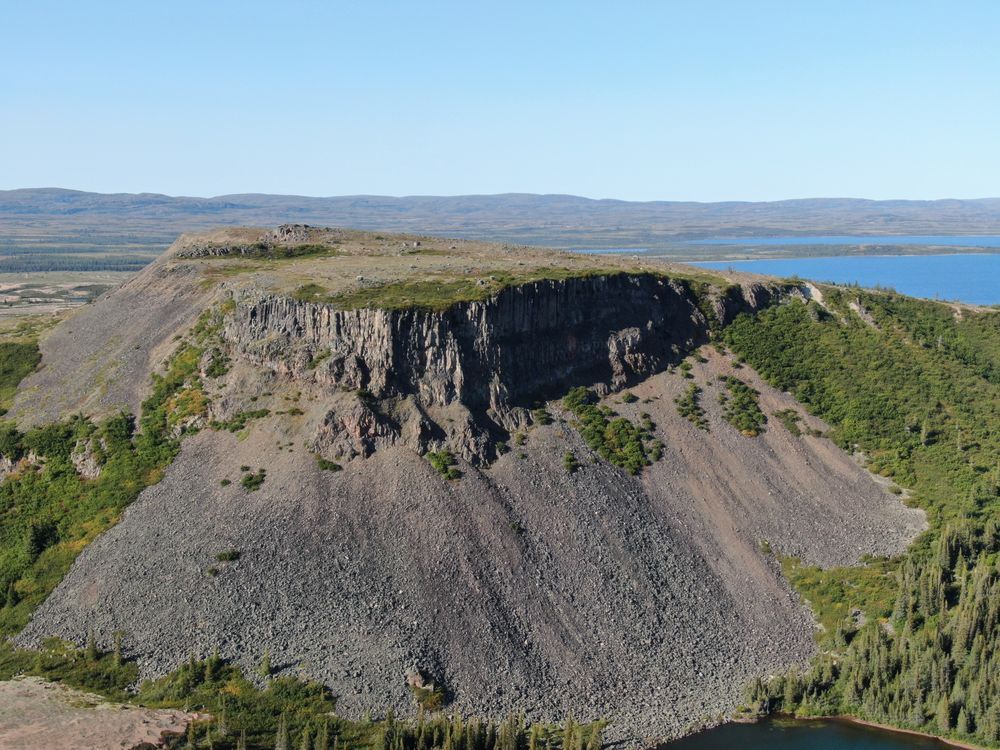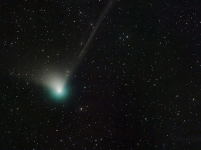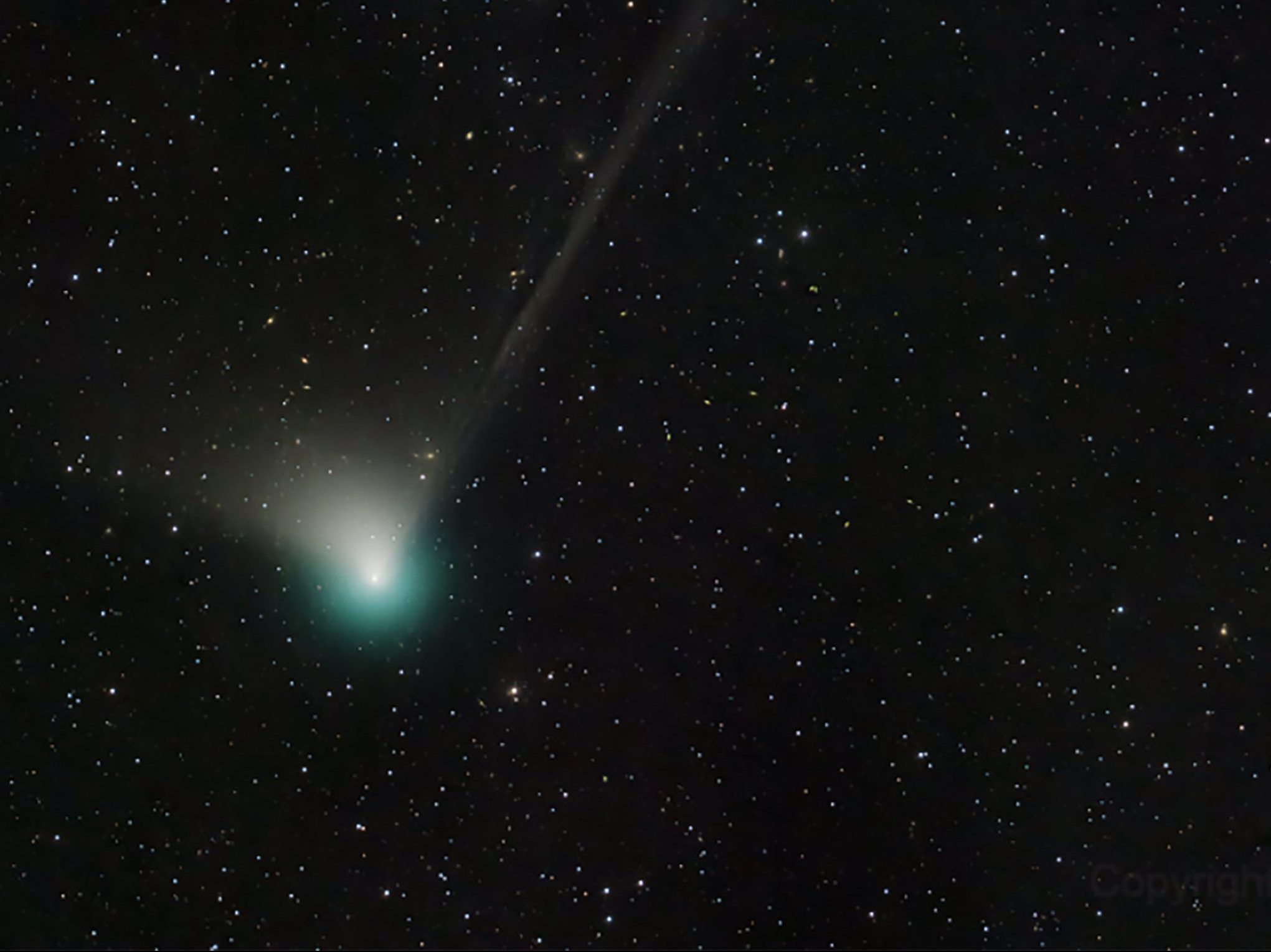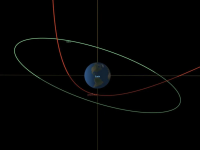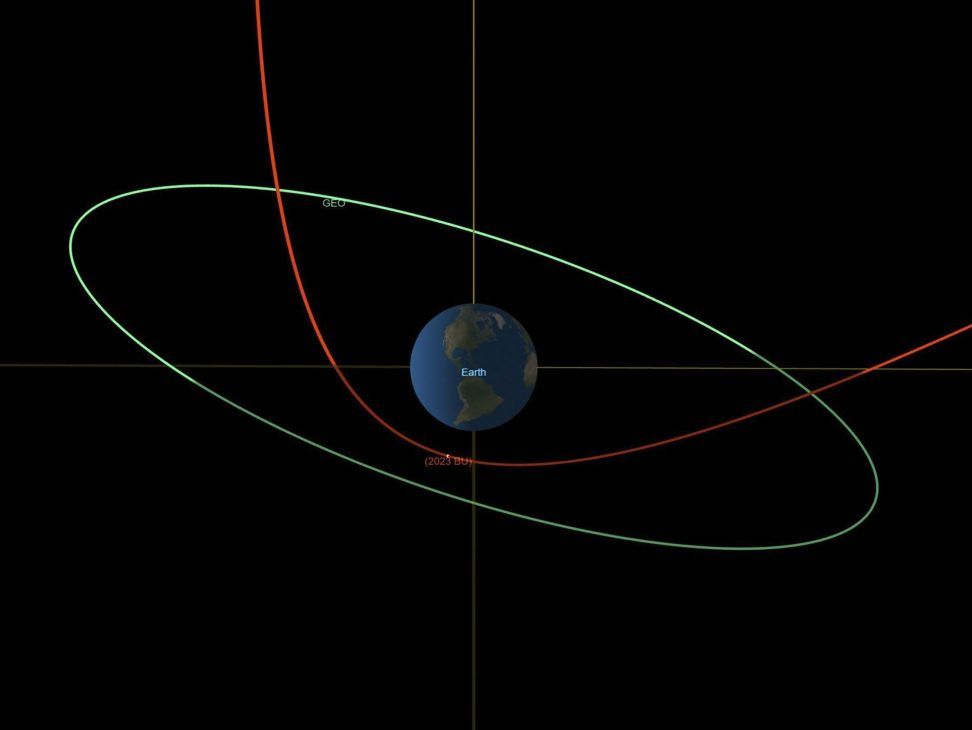Those glowing swirls by the North Pole? They're just space hurricanes
Author of the article:Washington Post
Washington Post
Kasha Patel, The Washington Post
Published Dec 15, 2022 • 5 minute read
We have another scientific marvel for Hollywood to someday butcher: space hurricanes.
Last year, scientists announced they had discovered cyclone-like auroras near the North Pole. Over 600 miles in diameter with multiple arms that rotate counterclockwise, they contain a calm center, or eye, and “rain” electrons into the upper atmosphere. The team dubbed them “space hurricanes” for their 3D funnel shape.
“[They’re] occurring where nobody looked and occurring under conditions where nobody thought anything was happening,” said Larry Lyons, who is co-author of a study on the space hurricanes as well as a space physicist at UCLA. “It’s just a matter of opening your eyes.”
In a new study, researchers shed even more light on these mysterious phenomena, showing when, where and how they occur in unprecedented detail.
Auroras are one of the most visible manifestations of the sun’s impact on Earth, as their soft glow is caused by particles from the sun exciting molecules in our upper atmosphere. The identification of this new type of aurora highlights another highway that solar particles can ride and transfer large amounts of energy into Earth’s system – entering at higher latitudes than typical auroras.
“People have known there’s been some bright aurora or some forms of aurora in that region before, but nobody had really put it together into this cohesive picture,” Lyons said. “It’s really strong, and the aurora can be very, very bright.”
Space hurricanes, in other words, are like Cap’n Crunch’s Chocolate Caramel Crunch cereal: They resemble the original but have their own flavor. (Also, you probably did not know either existed before this article.)
When we think of auroras, we often picture narrow and elongated curtains of light dancing across the sky in the east-west direction. Space hurricanes, too, shine brightly in the same green, red, blue and pink hues. Both move at similar speeds and heights (about 100 to 250 kilometers high).
But now the chocolate caramel flavor comes in. The study found these cyclonic auroras form at high latitudes near the North Pole, well above where bright elongated auroras have been observed. They can spin for eight hours, while traditional auroras last minutes. They also appear during periods of low geomagnetic activity, when disturbances in Earth’s magnetic field by solar particles have been believed to be very low.
Lyons said people on the ground would be likely to see a space hurricane if they were around 80 degrees north latitude near the North Pole. (Santa would perhaps see it many times, if he were real.) Astronauts could also probably spot it from the International Space Station, if they were taught where and what to look for.
Even though we may not easily see them, the presence of a space hurricane is felt in other ways. Like other auroras, they have interrupted radio waves passing through the upper atmosphere, affecting satellite communication and navigation systems, study co-author Zhang Qing-He wrote in an email. They also cause the upper atmosphere to heat up, which could affect the orbits of satellites and space debris. But the hurricanes do not pose an exceptional risk to spacecraft or astronauts’ health.
“From both the communications and the navigation points of view, this looks like it will be something we want to add to our predictions for aircraft flying polar routes,” Qing-He, professor at the Institute of Space Science and Physics in China, wrote in an email. “The study of space hurricanes is just beginning.”
Lyons said he stumbled upon space hurricanes unintentionally. He and his colleagues were looking at satellite data for a different project but noticed unusually strong flows of plasma – or extremely hot, energetically charged gas – in the polar cap. The polar cap is a semicircular region at the highest latitudes on Earth, near the north pole.
Typically, researchers do not look for auroras in the polar cap because it is above the auroral oval, which is a belt at the boundary of the polar cap where the northern lights appear. When an influx of solar particles disturbs Earth’s magnetic field, the auroral oval moves toward the equator. During rare, strong geomagnetic storms, people can sometimes see the dancing lights as far as south as Georgia. Generally though, auroras are much weaker in the polar cap region – or so Lyons thought.
Looking closer at the data, he started seeing a very dramatic auroral intensification at the polar cap associated with the strong plasma flows.
“You look more closely at it and I say, ‘Wait a minute, these flows are sort of floating around in a circle. And in the center, there’s a great big auroral spot, very bright aurora. Gee, this is interesting. Let’s look more closely at it,'” Lyons recalled.
For decades, scientists have seen glimpses of bright auroras in the polar cap region and knew of the circular plasma flows, but no one has put together a cohesive picture of the events until recently, Lyons said. In its new study, the team analyzed more than 300 space hurricanes over 11 years – about 30 observations per year but more could have occurred when the satellite was not watching. They most often appeared in the afternoon during summer.
But how do these cyclonic lights form?
To understand how space hurricanes take shape, let’s first look at how traditional auroras are generally formed.
The sun is constantly emitting a stream of charged particles, called the solar wind. Sometimes the solar wind can be strengthened by explosions on the sun. The process for an aurora begins when the blast of particles and energy from the sun disturbs Earth’s magnetosphere, which is an invisible magnetic shield mostly formed by electric currents in Earth’s core and protects our planet from high-energy radiation and damaging solar particles. This burst changes the configuration (such as shape and direction) of some of Earth’s magnetic field lines.
Some electrons are trapped along the magnetic field lines and are accelerated into the upper atmosphere. Here, they bump and temporarily excite nitrogen and oxygen molecules and release photons of light. That is what we know as the aurora borealis, or northern lights.
Similarly, space hurricanes are caused by electrons raining down into the atmosphere and exciting molecules. But they form at latitudes within the polar cap that are higher than where traditional auroras are created, Lyons said.
It is possible space hurricanes are not exactly “new,” said Maria Walach, a space plasma physicist who was not involved in the study. They look physically similar to a previously observed phenomenon called a high-latitude dayside aurora, she said, questioning whether scientists are seeing a new discovery at all or just higher-resolution. The study’s authors said these are different from previous observations of a high-latitude dayside aurora because they are much brighter, contain strong circular flows in the ionosphere and can have hurricane-like arms.
In any case, Walach, at Lancaster University in the United Kingdom, said the new observations can help scientists create a more complete account of the conditions under which these types of aurora occur.
So sorry, Hollywood, space hurricanes are not a doomsday scenario, but feel free to make a flick with Ryan Reynolds explaining auroral physics.
We have another scientific marvel for Hollywood to someday butcher: space hurricanes.

torontosun.com


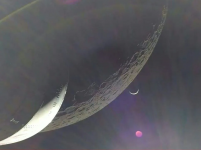
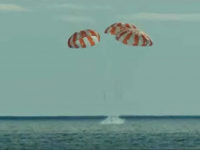
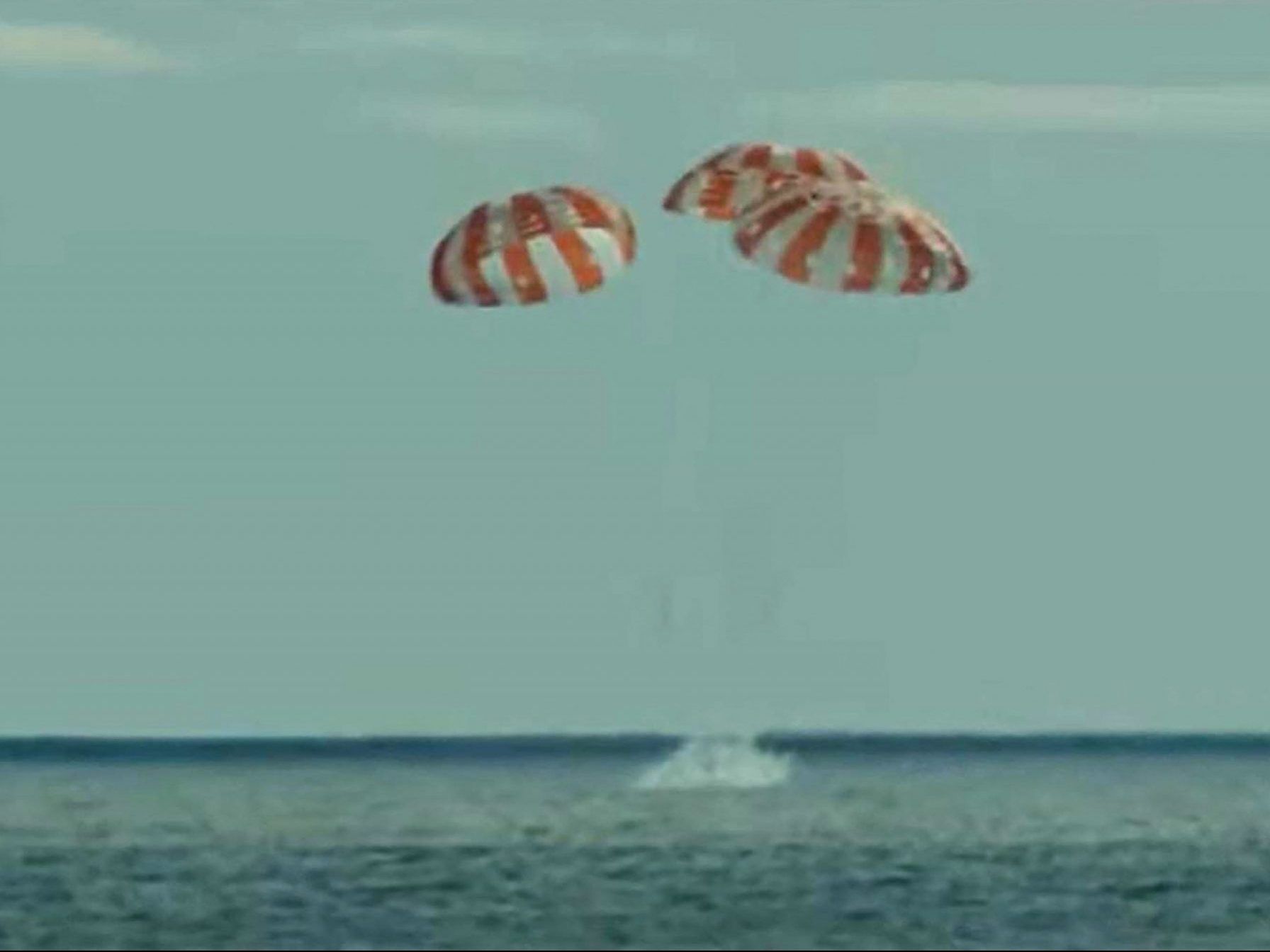

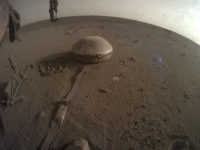
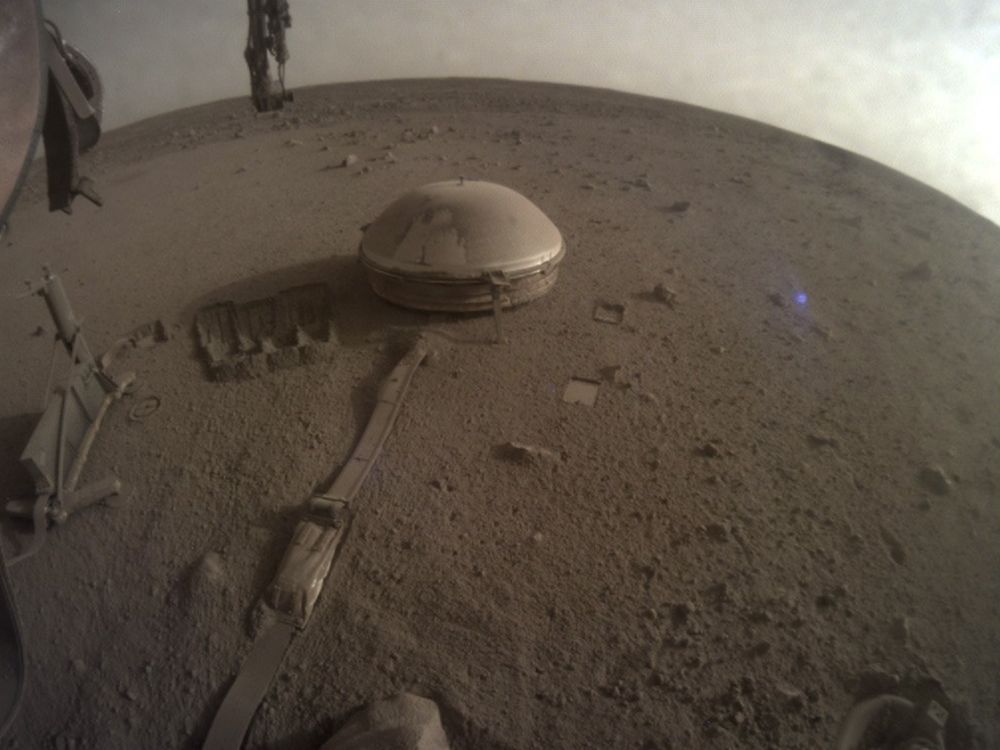
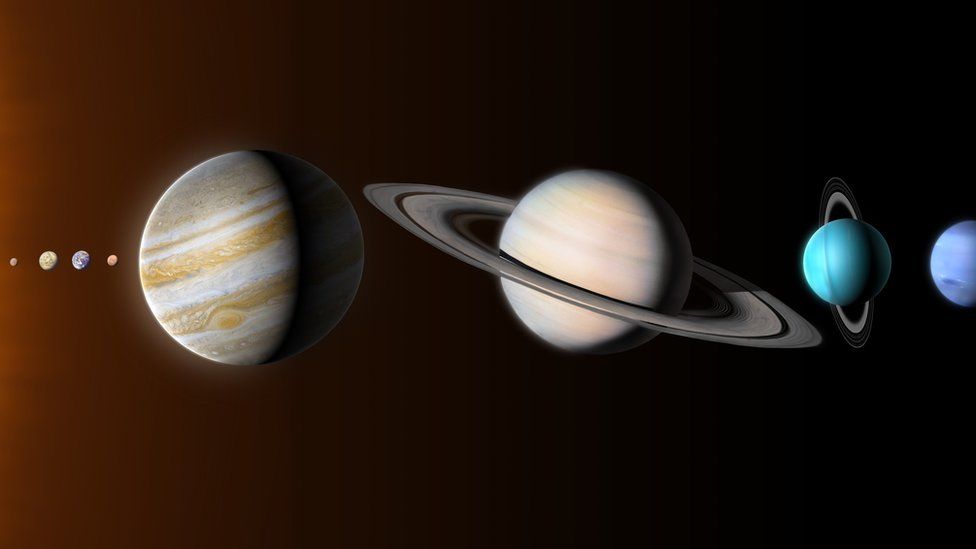

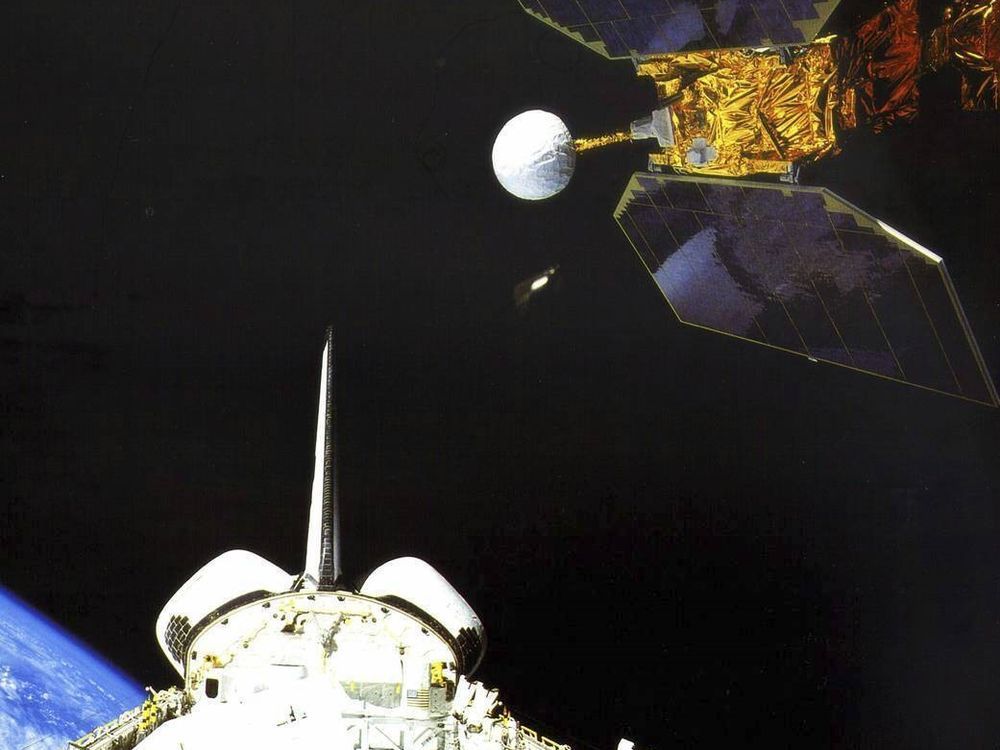
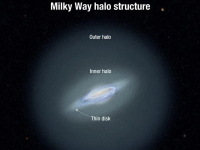
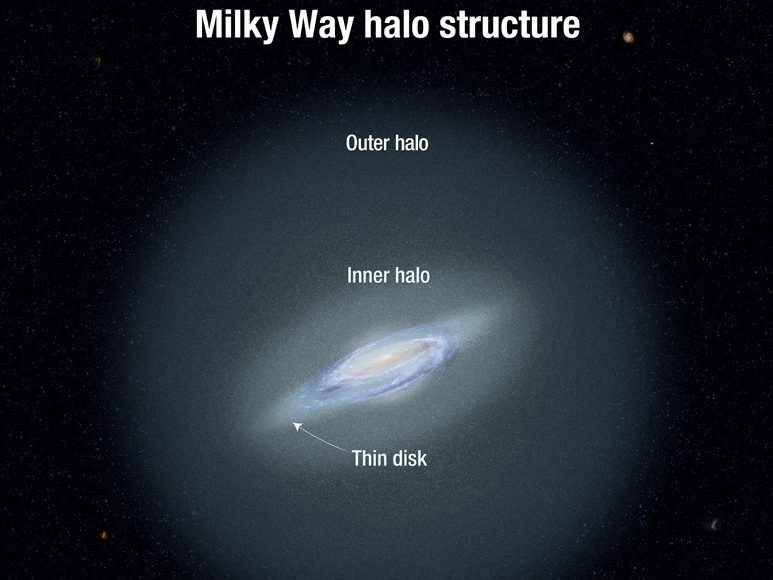
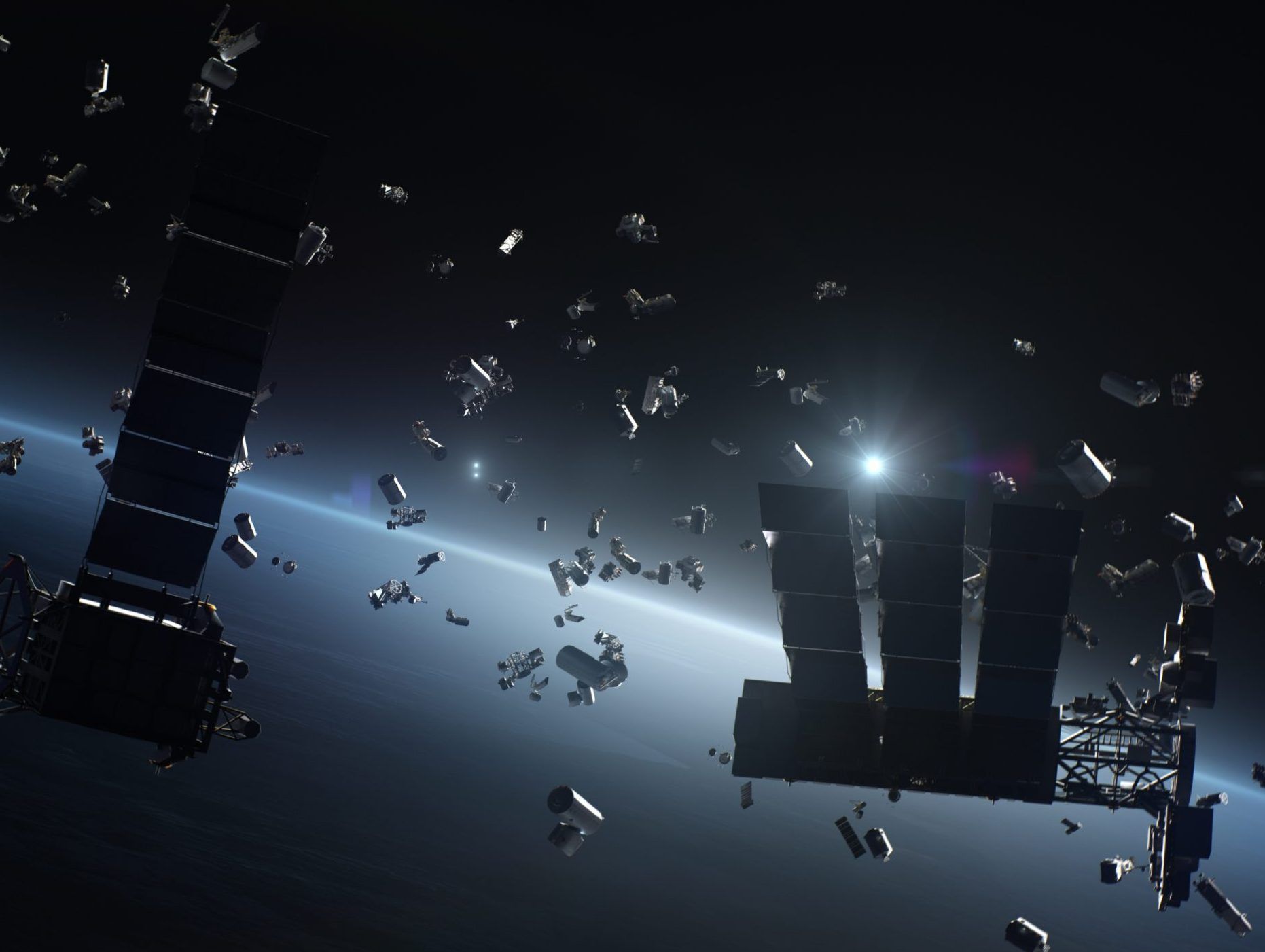
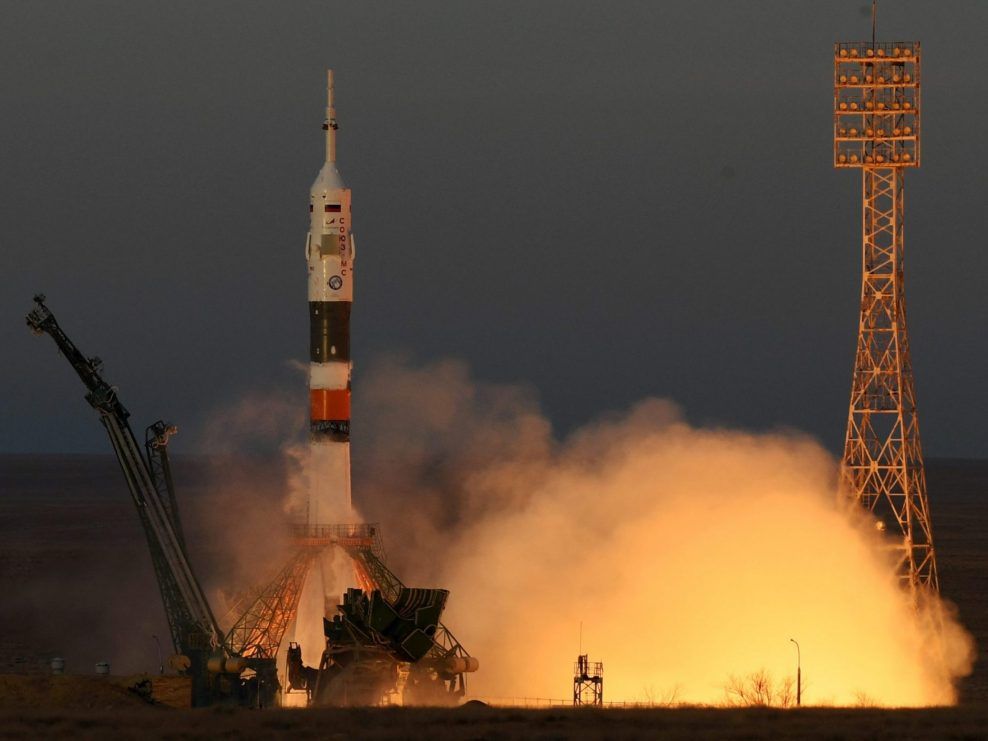
![moon-on-earth-20230122[1].jpg moon-on-earth-20230122[1].jpg](https://forums.canadiancontent.net/data/attachments/15/15329-9adf4e3697e0d294f536b5f3c5c28883.jpg)
